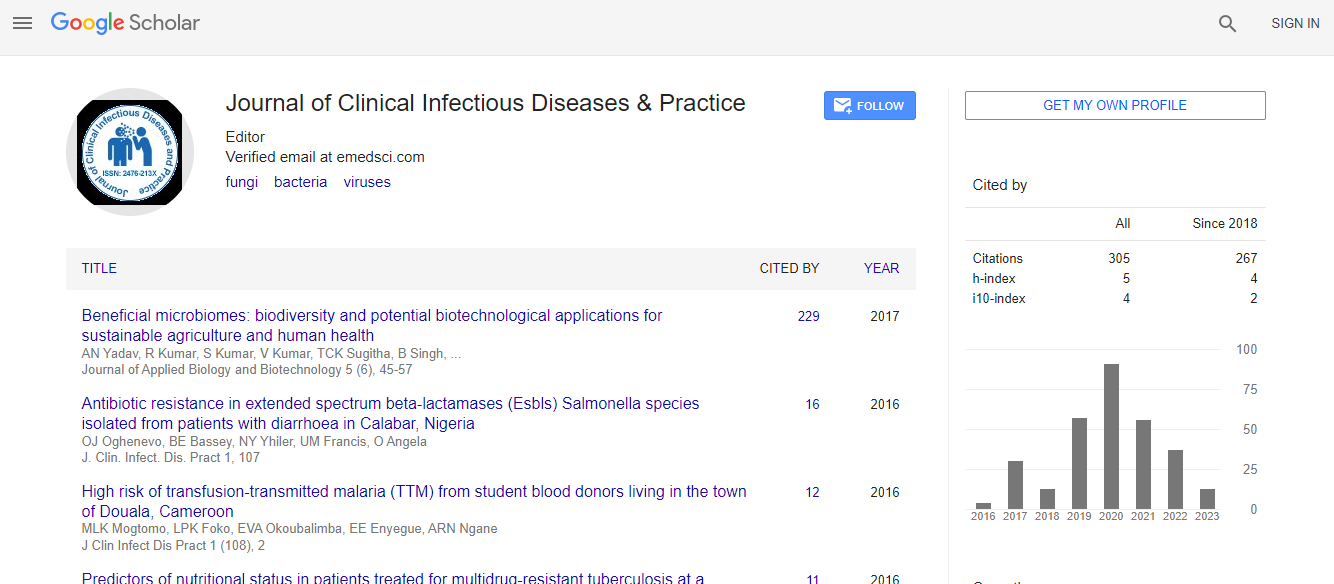COVID-19 Spike Protein Hydrophobic properties and the Airborne Pollutant PM2.5s Salt Contents Impact on SARS-Cov-2 Evolution
*Corresponding Author:
Copyright: © 2021 . This is an open-access article distributed under the terms of the Creative Commons Attribution License, which permits unrestricted use, distribution, and reproduction in any medium, provided the original author and source are credited.
Abstract
Following national lockdown instituting physical distancing, COVID-19 infection and mortality decreased in most countries. Simultaneously due to diminished economic and human activity, the atmospheric levels of particulate matter PM2.5, an important airborne pollutant, decreased significantly. Genes belonging to COVID-19 have been detected on PM2.5 which has been suggested as a vector for viral transmission. PM2.5 has
various components including sodium chloride which determines the amount of PM2.5 salt-derived water content. Atmospheric salt content in part determines the sodium chloride content and the consequential hygroscopic properties of PM2.5. COVID-19 possesses a hydrophobic N-terminal spike protein which may have deterred the original Wuhan 1 Clade D variant from adhering to the atmospheric PM2.5. This may not have been the case with the “2nd wave” of COVID-19 where the mutant Clade G displaced Clade D, suggesting differences in the hydrophobic properties in the mutant’s spike protein. The mutant Clade G may have utilized a more hydrophyllic form of particulate matter as a vector, such as that emanating from exhaled tobacco smoke. With a background population of 66% of Chinese males smoking and taking in consideration respiratory transmission, this vector change may have had a hand in COVID-19 evolution.

 Spanish
Spanish  Chinese
Chinese  Russian
Russian  German
German  French
French  Japanese
Japanese  Portuguese
Portuguese  Hindi
Hindi 
